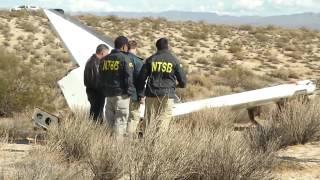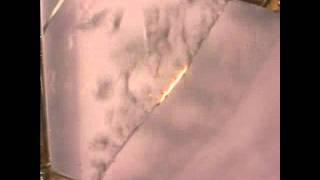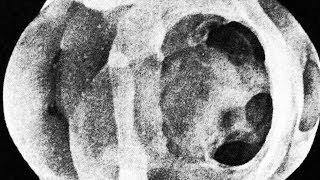Time Travel, Teleportation & Science
Time travel is the concept of moving between different points in time in a manner analogous to moving between different points in space, generally using a theoretical invention, namely a time machine. It has a commonly recognized place in philosophy and fiction, but has a very limited application in real world physics, such as in quantum mechanics or wormholes.
Although the 1895 novel The Time Machine by H. G. Wells was instrumental in moving the concept of time travel to the forefront of the public imagination, The Clock That Went Backward by Edward Page Mitchell was published in 1881 and involves a clock that allowed three men to travel backwards in time.[1][2] Non-technological forms of time travel had appeared in a number of earlier stories such as Charles Dickens' A Christmas Carol. Historically, the concept dates back to the early mythologies of Hinduism (such as the Mahabharata), Buddhism, and Islam through ancient folk tales. More recently, with advancing technology and a greater scientific understanding of the universe, the plausibility of time travel has been explored in greater detail by science fiction writers, philosophers, and physicists.
Teleportation, or Teletransportation, is the theoretical transfer of matter or energy from one point to another without traversing the physical space between them. It has a commonly recognized place in science fiction literature, film, and television, but as yet has a very limited application in real world physics, such as quantum teleportation or the study of wormholes.
Science (from Latin scientia, meaning "knowledge") is a systematic enterprise that builds and organizes knowledge in the form of testable explanations and predictions about the universe. In an older and closely related meaning, "science" also refers to a body of knowledge itself, of the type that can be rationally explained and reliably applied. A practitioner of science is known as a scientist.
In modern usage, "science" most often refers to a way of pursuing knowledge, not only the knowledge itself. It is also often restricted to those branches of study that seek to explain the phenomena of the material universe.
Source : Wikipedia
-
41:16
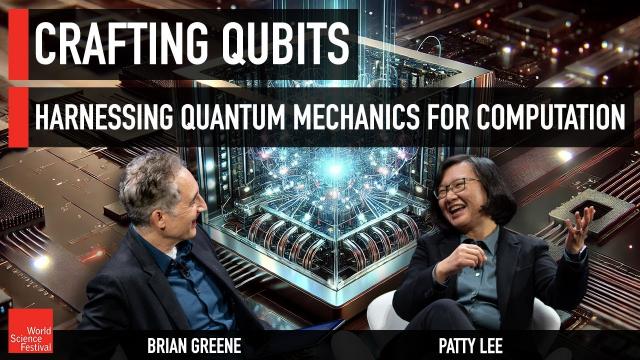
Crafting Qubits: Harnessing Quantum Mechanics for Computation
Added 89 Views / 0 LikesHow do we actually create and manipulate qubits, essential for realizing quantum computation? Chief Scientist of Hardware Technology Development at Quantinuum, Patty Lee, joins Brian Greene to discuss various quantum strategies, their achievements to date
-
06:17
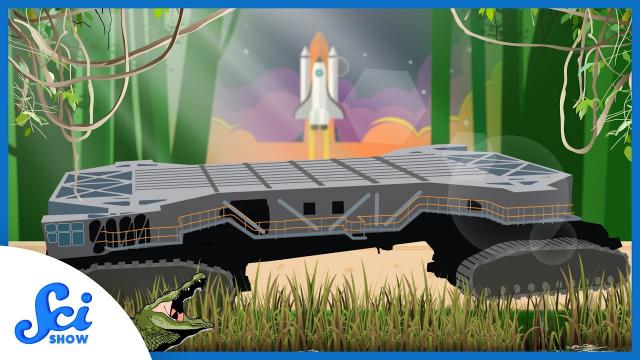
Crawl Me to the Moon
Added 178 Views / 0 LikesBefore every launch, there's a crawl.SciShow has a spinoff podcast! It's called SciShow Tangents. Check it out at http://www.scishowtangents.org----------Support SciShow Space by becoming a patron on Patreon: https://www.patreon.com/SciShowSpace----------
-
35:02
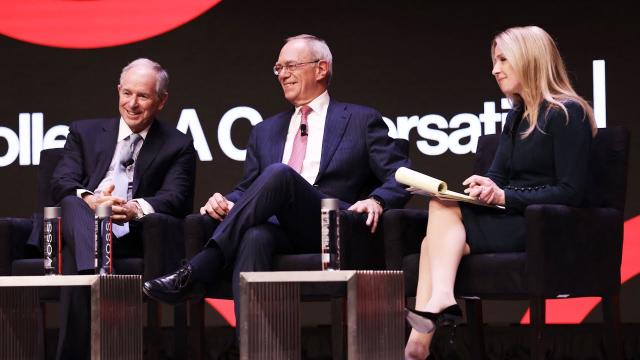
Creating a College: A Conversation
Added 468 Views / 0 LikesBecky Quick, co-anchorwoman of “Squawk Box” and “On the Money,” moderates a conversation on creating a college between Stephen A. Schwarzman and MIT President L. Rafael Reif at the celebration of the MIT Stephen A. Schwarzman College of Computing. This hi
-
00:21

Creating a College: Stephen A. Schwarzman
Added 422 Views / 0 LikesStephen A. Schwarzman, chairman, CEO and co-founder of the Blackstone Group, talks about what motivated his gift to create the new College of Computing.Watch more videos from MIT: http://www.youtube.com/user/MITNewsOffice?sub_confirmation=1The Massachuset
-
06:19

Creating a Template for Habitable Exoplanets
Added 312 Views / 0 LikesGo to http://curiositystream.com/scishowspace to start streaming Breakthrough. Use code SciShowSpace to sign up, just $14.99 for the whole YEAR.We've found thousands of exoplanets over the years, but if we're going to find one that can sustain life, we ne
-
1:26:28

CRISPR in Context: The New World of Human Genetic Engineering
Added 434 Views / 0 LikesIt’s happened. The first children genetically engineered with the powerful DNA-editing tool called CRISPR-Cas9 have been born to a woman in China. Their altered genes will be passed to their children, and their children’s children. Join CRISPR’s co-discov
-
05:37
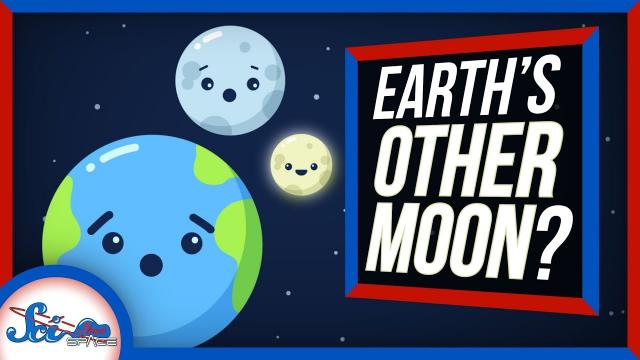
Cruithne, the Asteroid With a Horseshoe Orbit
Added 379 Views / 0 LikesGo to https://NordVPN.com/SPACE to get 75% off a 3 year plan and use code SPACE to get an additional month for free.There’s a small asteroid that appears to orbit Earth in a horseshoe shape. Sometimes referred to as Earth’s second moon, but it's orbit is
-
02:13
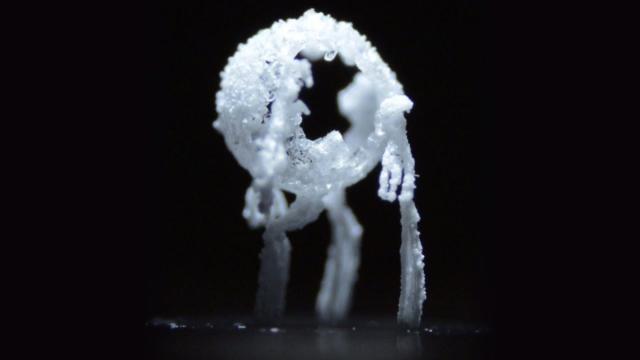
Crystal critters
Added 296 Views / 0 LikesA team of MIT researchers have observed that when salty water evaporates from a heated, superhydrophobic surface the crystal structures that form can easily be removed or roll away on their own. This phenomenon could make it possible to use brackish or sa
-
55:44
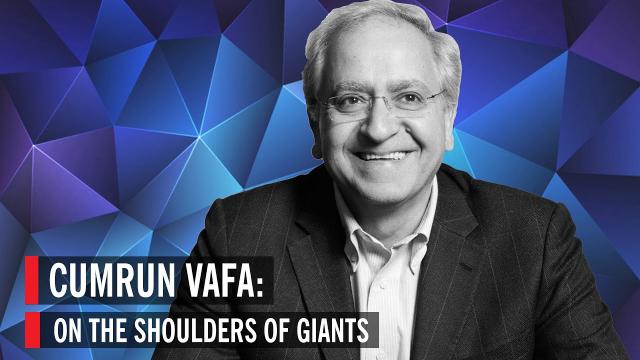
Cumrun Vafa: On The Shoulders of Giants
Added 372 Views / 0 LikesAcknowledging the scientists who blazed intellectual trails before him, Isaac Newton wrote: “If I have seen a little further it was by standing on the shoulders of giants.” In this special annual series, we invite our audience to stand on the shoulders of
-
06:08
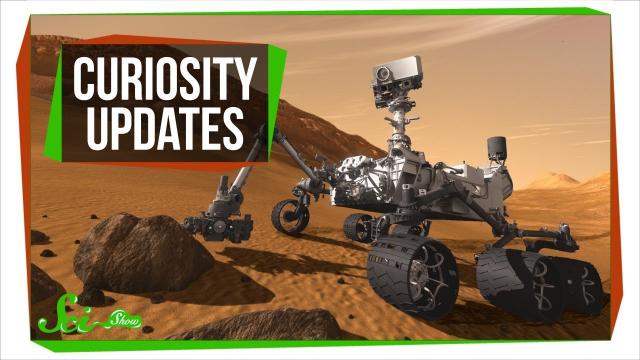
Curiosity Found Organic Molecules on Mars! Now What?
Added 535 Views / 0 LikesLast week, NASA released some pretty cool Mars news: Curiosity found even more evidence to indicate the planet could’ve been habitable billions of years ago.Hosted by: Hank GreenFor special, curated artifacts of this universe, check out https://scishowfin
-
22:14
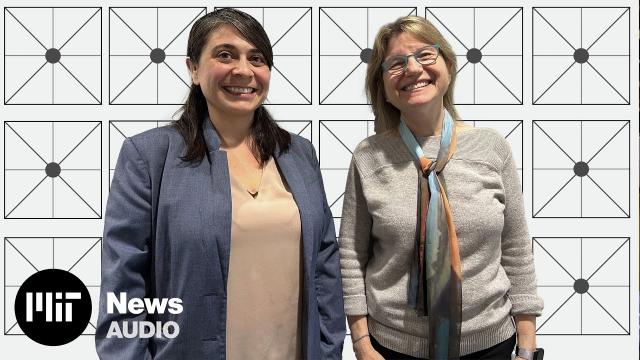
Curiosity Unbounded, Ep 1: How a free-range kid from Maine is helping green-up industrial practices
Added 213 Views / 0 LikesIn this episode, MIT President Sally Kornbluth sits down with newly tenured associate professor of civil and environmental engineering, Desirée Plata. Her work focuses on making industrial processes more environmentally friendly, and removing methane (a k
-
27:45
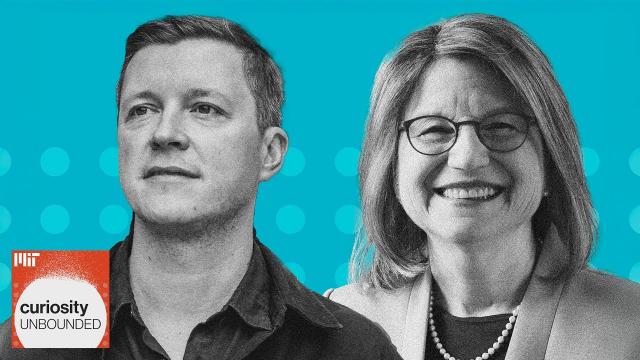
Curiosity Unbounded, Ep. 12: Making sense of cities
Added 69 Views / 0 LikesAndres Sevtsuk is an associate professor of Urban Science and Planning at MIT. His work focuses on the influence of urban design on sustainable travel behavior and quality of life, and contributes to making cities more walkable, sustainable and equitable.
-
19:08
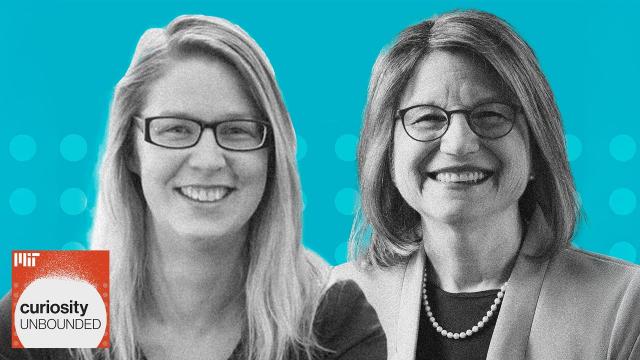
Curiosity Unbounded, Ep. 13: The future of customizable 3D printing
Added 53 Views / 0 LikesStefanie Mueller is an associate professor with a joint appointment in MIT's Electrical Engineering and Computer Science, and Mechanical Engineering departments. Her work is focused on developing novel hardware and software systems that advance personal f
-
28:35
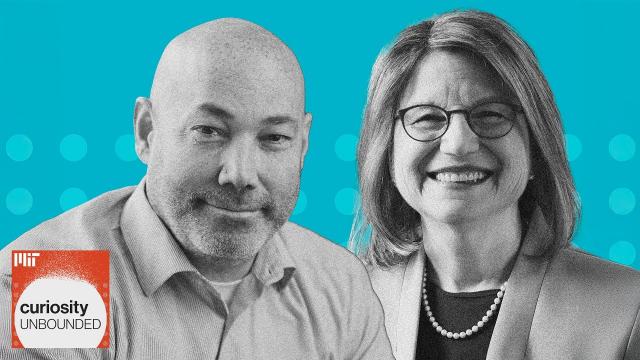
Curiosity Unbounded, Ep. 14: Putting a glacier in its place
Added 37 Views / 0 LikesBrent Minchew is an Associate Professor of Geophysics in the department of Earth, Atmospheric, and Planetary Sciences at MIT. He studies the behavior of glaciers in response to environmental factors and is dedicated to understanding sea level rise and exp
-
32:03
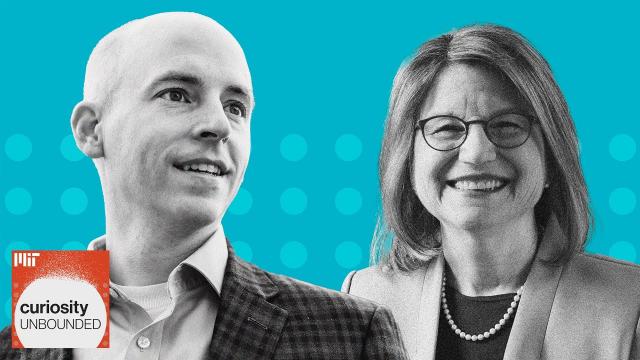
Curiosity Unbounded, Ep. 15: Making sense of your dollars
Added 93 Views / 0 LikesChristopher Palmer is an Associate Professor of Finance at the MIT Sloan School of Management. He is also a Faculty Research Fellow at the National Bureau of Economic Research, and an Affiliate with the Jameel Poverty Action Lab, based here at MIT. In thi
-
32:41
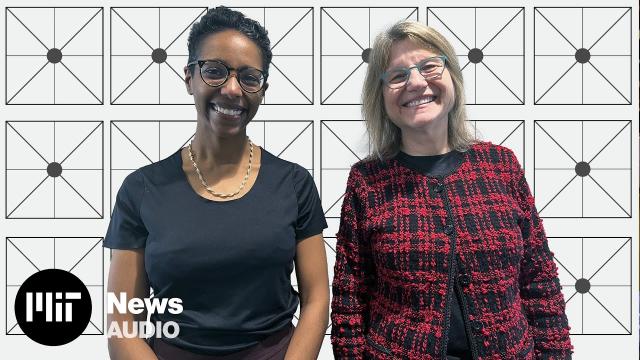
Curiosity Unbounded, Ep. 2: Bureaucracies, dictatorships, and the power of Africa’s people
Added 183 Views / 0 LikesIn this episode, MIT President Sally Kornbluth sits down with Mai Hassan, a newly tenured associate professor of political science. Hassan's work focuses on bureaucracy, public administration, and the state in Africa, and more recently, how people mobiliz
-
35:52
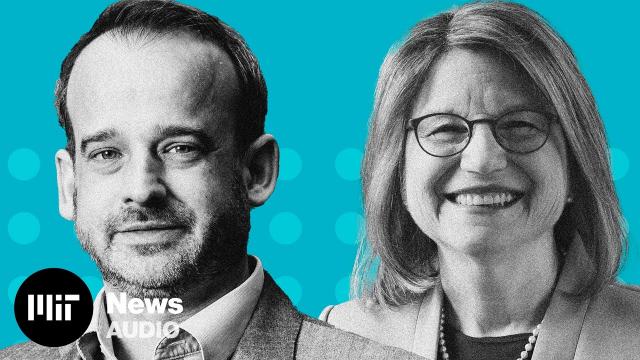
Curiosity Unbounded, Ep. 3: Decoding the tree of life
Added 188 Views / 0 LikesIn this episode, MIT President Sally Kornbluth talks with Associate Professor Greg Fournier about fine-tuning our understanding of evolution; life in the lab; and advice for those just beginning a career in science. (Read the episode transcript: https://n

